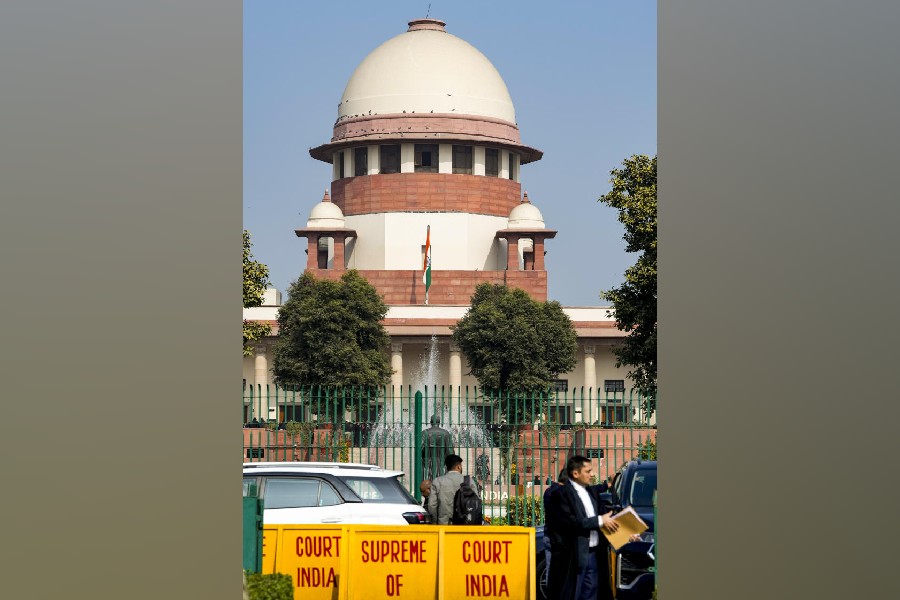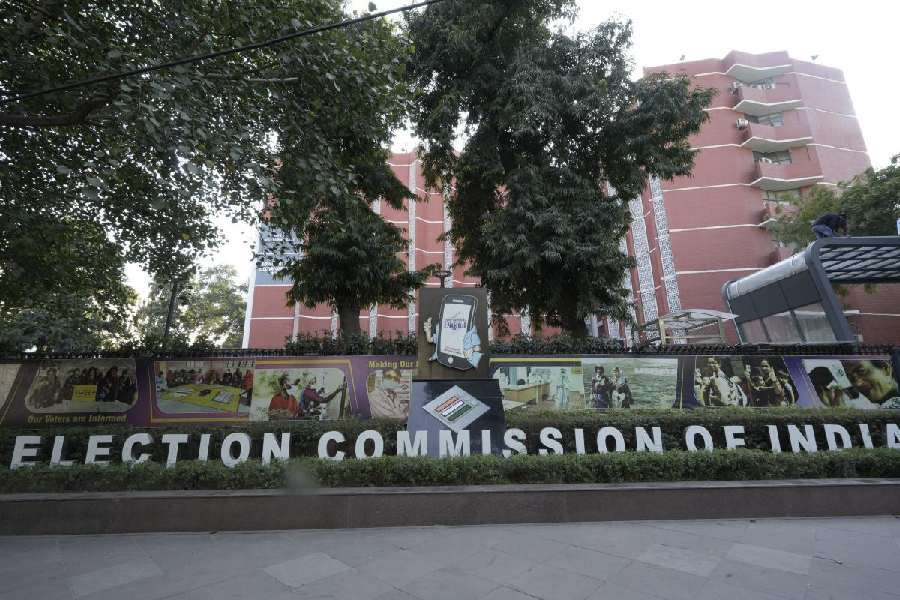Stephanie Wehner, a scientist in the Netherlands, declared in a research review she’d co-authored six years ago, “We are now at an exciting moment in time, akin to the eve of the classical Internet.” The subject of the review was the technological challenges in developing and implementing a quantum Internet, a long-imagined and enhanced version of the Internet that would overcome a critical vulnerability of the classical Internet while making possible other applications.
“As indispensable as the (classical) Internet has become in our daily lives, it still has many shortcomings, not least of which is that communication can be intercepted and stolen,” Wehner and her coauthors wrote in the October 2018 review published in Science.
Wehner, at the Delft University of Technology, and her colleagues had been trying to use the laws that govern the subatomic world — quantum mechanics — to build better networks of computers. “Recent technological progress now suggests that we may see the first small-scale implementation within the next five years,” they wrote.
Recently, researchers at Harvard University and collaborating institutions in the US demonstrated the world’s longest fibre distance between two memory nodes based on quantum principles, a big stride towards a quantum Internet.
The researchers “entangled” two quantum memory nodes located only a floor apart in a Harvard lab through a 35km optical fibre loop running through urban areas in and around Boston. “Showing that quantum network nodes can be entangled in the real-world environment of a busy urban area is an important step towards practical networking between quantum computers,” Mikhail Lukin, a professor in Harvard’s department of physics, said in a media release. Lukin has been leading a research group that has made steady progress over the past five years towards the goal of a quantum Internet. The researchers described their latest work on the entangled quantum memory nodes in Nature last week.
The phenomenon of entanglement — something Albert Einstein called “spooky action at a distance” — forms the basis of the quantum Internet. Entanglement is a condition in which two particles are “connected” in such a way that nothing else can have any share of their connection. This concept provides the foundation for quantum cryptography — or hacker-proof security. While existing computers rely on what scientists call classical bits that can take only two values — 0 or 1 — quantum bits, or qubits, can be a superposition of being 0 and 1 at the same time.
Qubits can be entangled and cannot be copied which makes them well-suited
for security applications, Wehner and her colleagues had pointed out in their
2018 review.
But secure communications is only one of other possible applications of a quantum Internet. Scientists believe it will enable improved clock synchronisation, enhance the accuracy of the satellite-based Global Positioning System, and “connect” astronomical telescopes a great distance apart to make them behave like a single giant telescope.
Four years ago, Lukin’s group collaborating with researchers at the Massachusetts Institute of Technology, US, had devised a way to correct for signal loss with a prototype quantum computer node that could catch, store and “entangle” bits of quantum information. That feat, also described in Nature in March 2020, was viewed as a major step towards the development of long-distance quantum networks.
Each node is a tiny quantum computer crafted out of a sliver of diamond with a defect in its atomic structure. The diamond’s inside has carved structures smaller than the width of a human hair that enhance the interaction between the defect and light. The defect, called a silicon vacancy centre, contains two qubits, or bits of quantum information and the diamond devices — only a few square millimetres — are housed inside refrigeration units where temperatures are close to absolute zero, or nearly -273°C. These silicon vacancy centres can catch, store and entangle bits of quantum information while correcting for signal loss.
Light sent through the first node, given the silicon vacancy centre’s atomic structure, becomes entangled with it. “Since the light is entangled with the first node, it can transfer this entanglement to the second node,” said Can Knaut, a student in Lukin’s lab and first author of the new paper.
“Our experiments demonstrate key ingredients for building large-scale deployed networks using the silicon vacancy integrated nanophotonic platform,” the researchers wrote in their paper. They also demonstrate the quantum network performance in a realistic fibre environment.
The other team members are A. Suleymanzade, Y.C. Wei, D.R. Assumpcao, P.J. Stas, Y.Q. Huan, B. Machielse, E.N. Knall, M. Sutala, G. Baranes, N. Sinclair, C. De-Eknamkul, D.S. Levonian, Mihir Bhaskar, H. Park and M. Loncar.
Scientists involved in India’s National Quantum Mission, a research initiative to scale up research in quantum technologies, have applauded the development. “This is certainly a big step in the development of a quantum network leading to a quantum Internet,” said Ravindra Singh, a scientist at the Physical Research Laboratory, Ahmedabad.
Singh and his colleagues are themselves working on free-space quantum communication as a precursor for satellite-based quantum communication.
The advance reported by Lukin’s group is a “step towards long-distance quantum information distribution, a significant achievement in our community’s quest towards multi-node quantum repeater networks involving quantum memories”, said Urbasi Sinha, professor and head of the quantum information group at the Raman Research Institute, Bangalore. Sinha herself is engaged in a research effort to develop long-distance free-space quantum communication, aimed at ultimately using a satellite as a “trusted node”.
Goutam Paul, a scientist at the cryptology and security research unit at the Indian Statistical Institute, Calcutta, said the latest work is likely to push long-distance quantum communication closer to reality. “Entanglement generation on a tabletop is easier than between two distant sites connected via optical fibre,” Paul said.
He said two key parameters determine the efficiency of such entanglement — electron-electron entanglement fidelity where a fidelity value of 1 is perfect and the rate of entanglement. “They say they have achieved a fidelity of 0.95 and a rate of 100 entangled pairs per second,” Paul said. “The results are encouraging and if true would surely expedite long-distant quantum communication.”










